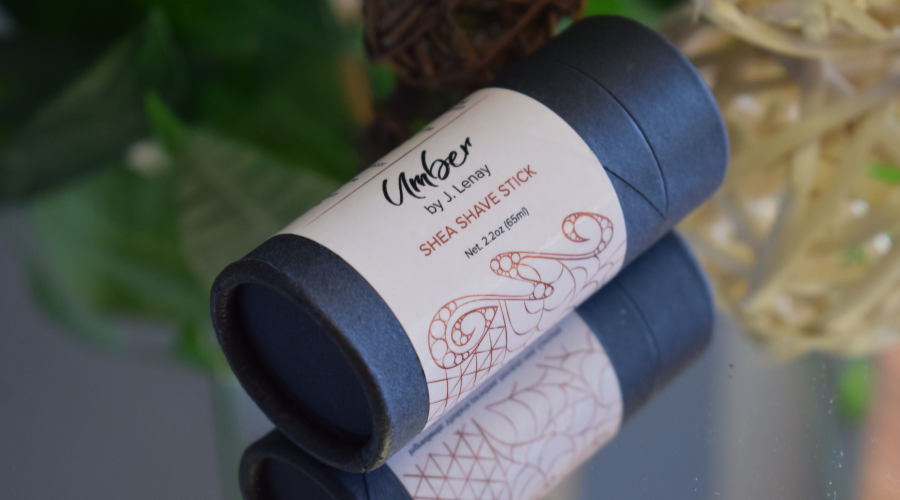You've probably tried shaving, waxing, tweezing, and hair removal creams, but your hirsutism keeps causing unwanted hair growth in all the wrong places. No matter how much you shave, the dark hair on your chin, chest, stomach or back just seems to grow back thicker and faster than ever. You've researched the best facial hair reduction techniques for hirsutism, including laser hair removal, electrolysis, prescription creams, and even considered hormone therapy, but you still aren't sure which option will really work in the long run. In this article, we'll go over the pros and cons of today's most popular hirsutism treatments to help you figure out the best hair removal method for your unique situation. Keep reading to finally get the smooth skin you've been wishing for!
Causes of Hirsutism in Women
Hormone Imbalances
The most common cause of hirsutism is an imbalance in sex hormones, specifically higher levels of androgens like testosterone. Polycystic ovary syndrome (PCOS) is a frequent culprit, causing the ovaries to produce excess androgens. Certain medications can also trigger increased androgen production. When your body has too many male sex hormones, it can stimulate excess hair growth on the face and body.
Genetics
Sometimes, hirsutism runs in families and is due to a genetic predisposition. If your mother or sisters have excess body hair, you may have inherited that tendency. Genetics account for about 50-70% of hirsutism cases. While you can't change your genes, identifying the underlying cause can help determine the best treatment approach.
Other Medical Conditions
Less commonly, hirsutism can be a symptom of an underlying condition like adrenal gland disorders, pituitary gland tumors, or insulin resistance. It's a good idea to talk to your doctor, especially if hirsutism develops suddenly or you have other symptoms like irregular periods, weight gain, or darkening skin. Diagnosing and treating any underlying issues is key to effective hair removal and ensuring your best health.
With the right diagnosis and treatment plan, you can get hirsutism under control and feel more confident. Don't hesitate to explore your options - you deserve to feel comfortable in your own skin. The causes of excess hair growth are highly individual, so try not to compare yourself to others. Focus on identifying what will work for your unique situation. There are many resources and a strong support system to help you through this.

Pros and Cons of Hair Removal Techniques for Hirsutism
Laser Hair Removal
Laser hair removal uses targeted light pulses to destroy hair follicles, preventing regrowth for up to several months. For hirsutism, laser hair removal provides semi-permanent reduction and can be very effective, especially on areas like the face or legs. However, multiple treatments are typically required to be effective and can be expensive. It may also cause minor side effects like redness, irritation, or pigmentation changes.
Waxing
Waxing involves applying warm wax to the hair and then quickly removing it, pulling the hair out by the roots. Waxing also provides smooth skin for up to 6 weeks. However, waxing can be painful, especially in sensitive areas. It may also irritate the skin and cause ingrown hairs. Repeated waxing over time can damage hair follicles, slowing hair growth.
Shaving
Shaving cuts hair off at the skin surface, providing smooth skin for just 1 to 3 days. Shaving is a quick, inexpensive option but hair will grow back quickly. Frequent shaving can also irritate the skin, causing razor burn, bumps, and ingrown hairs. Additionally, shaving does not slow or prevent hair growth over time.
Depilatory Creams
Depilatory creams dissolve hair so it can be wiped away. They provide smooth skin for 3 to 7 days. However, the chemicals can irritate sensitive skin and the hair will grow back at the same rate. Depilatory creams also do not provide long-term hair reduction.
Hair Reduction Fade Oil for Hirsutism
For those grappling with hirsutism, hair reduction fade oil presents a promising road for managing excessive hair growth. This natural solution is crafted with a blend of ingredients known for their hair-minimizing properties, offering a gentle yet effective approach to reducing the visibility and growth rate of unwanted hair.
With regular application, many users find that their hair becomes finer and less pronounced (you can check out some past success stories), contributing to a smoother skin texture and a boost in self-confidence.
While not a cure for hirsutism, hair reduction fade oil can be a valuable component of a comprehensive treatment plan, working in harmony with medical advice and lifestyle changes to address the challenges of this condition. It's a non-invasive, pain-free, affordable option that harnesses the power of natural ingredients to reduce excess facial hair.
Do hair removal methods provide permanent results?
Unfortunately, no method provides permanent hair removal for hirsutism. The hair follicles are still active, so the hair will continue to regrow over time. However, with repeated treatments, the hair may start to grow back finer and lighter.
Which method works best for sensitive skin?
If you have sensitive skin, opt for gentler hair removal methods. Laser therapy, intense pulsed light (IPL), and electrolysis can irritate sensitive skin. Instead, try a hair reduction fade oil. Waxing removes hair from the roots but can still irritate. Trimming the hair with scissors or an electric razor provides temporary reduction without irritating the skin. You may need to trim more often, but it’s another gentle option.

Can I remove hair at home or do I need professional treatments?
Yes, you can remove hair at home with different methods, but to get the best results, we recommend a hair reduction fade oil. This product offers a convenient and natural method for managing unwanted hair, allowing you to address hair growth in the comfort and privacy of your own space. While professional treatments are an option, using a hair reduction fade oil can be a simple and less invasive alternative for those looking to diminish hair growth over time. It's a user-friendly, affordable approach that can be incorporated into your regular skincare routine.
As you can see, there are lots of options for managing hirsutism and getting rid of unwanted hair. It may take some trial and error to find what works best for your situation. The key is being consistent with whatever method you choose for long-term results. Don't get discouraged if it takes time to find the right hair removal routine. With patience and persistence, we are confident you'll get there.




